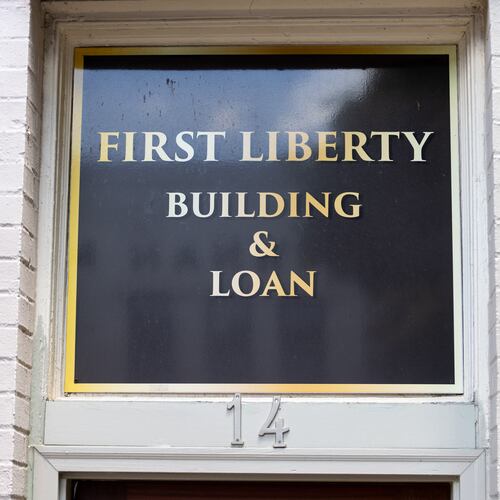Responders on the coast of Georgia on Sunday finished removing the stern of the Golden Ray, the cargo ship that capsized in St. Simons Sound over one year ago.
It is the second section to have been cut from the ship. The first section to be removed, the bow, was transported by barge to a recycling facility in Louisiana. The barge will return to Brunswick to pick up the next section.
The Golden Ray, a car carrier with more than 4,000 Hyundai vehicles as cargo, rolled on its side in September 2019, just after leaving the Port of Brunswick. Once salvage teams determined it was not possible to right the ship, they began preparing the ship for removal by cutting it into eight sections with plans to complete the removal in eight weeks.
But those plans were delayed by the pandemic, hurricane season and a broken cutting chain during the first cut. One responder who tested positive for COVID-19 recently returned to work after clearing all health protocols, said officials. Operations to cut the second section began on Christmas Day, just under a month after cutting of the first section had been completed.
“We are confident that the time invested to implement modifications to the cutting apparatus as well as perform critical maintenance to the wreck removal equipment will contribute to a safe and efficient cutting operation.” said Incident Commander Chris Graff of Gallagher Marine Systems in a statement.
Locals have expressed continued concerns about the environmental impacts which have included oil sheen on the water and debris on the shoreline and in the water.
Officials with the removal operations have said they are monitoring those ongoing impacts and are addressing them as they arise including using sorbents to soak up oil and walking the shoreline to recover any debris.
About the Author
Keep Reading
The Latest
Featured


